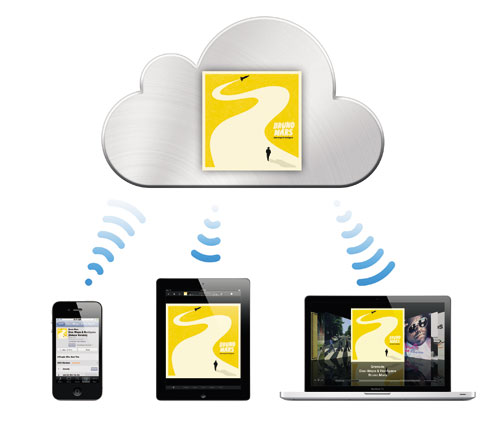According to the new FCC report on the wireless industry, 89% of Americans own a mobile phone. As more Americans join the mobile phone market, security is an ever-growing concern.
Whether used for personal or business purposes, mobile phones are exposed to hackers, viruses and viral attacks. Hackers can download personal or corporate information from a mobile phone in a matter of minutes.
Security needs to be the primary focus of a corporation before distributing phones to its employees. More often than not, companies place large amounts of trust into the hands of their employees, hoping that they will conduct business in a secure manner. To overcome this, companies should centralize device security management by constructing a clear and understandable security plan. Having a step-by-step plan that outlines the expectations and procedures for employee-use ensures business information will remain confidential and protected.
Having a certified team you can count on makes a difference. Once a corporate mobile policy has been established, have IT go through a certification process. When planning, IT should keep three central ideas in mind.
- Usability: Employees need to conduct business smoothly. If cyber walls are too thick, business can slow.
- Accuracy: Mobile devices need to be current, especially if the company is not centrally located. Employees should be able to send and receive emails, files and presentations without jumping through a ton of fences.
- Risk: Plan for the worst, which will ensure your company’s mobile network is prepared to handle any security threat. Remember, it only takes one virus on one phone to infiltrate the entire company’s system.
Finally, mobile security is a resource all corporations should offer to their employees who use a corporate cell phone. It is an ongoing effort that every IT team and company should be committed to. If your employees know how to identify a virus or security threat properly, the security risk greatly diminishes.







